We present an approach to detect a selfish node in a wireless network by passive monitoring. This does not require any access to the network nodes. Our approach requires deploying multiple sniffers across the network to capture wireless traffic traces among multiple channels. IEEE 802.11 networks support multiple channels and a wireless interface can monitor only a single channel at one time. Thus, capturing all frames passing an interface on all channels is an impossible task, and we need strategies to capture the most representative sample. When a large area is to be monitored, several sniffers must be deployed, and these will typically overlap in their area of coverage. The goals of effective wireless monitoring are to capture as many frames as possible, while minimizing the number of those frames that are captured redundantly by more than one sniffer. The above goals May be addressed with a coordinated sampling strategy that directs neighboring sniffer to different channels during any period. These traces are then analyzed using hidden markov model to infer the misbehavior node in wifi networks.
Keywords |
| Hidden markov model, selfish carrier
sense, coordinated sampling. |
INTRODUCTION |
| With the advent of programmable radios, different
MAC protocol parameters can be manipulated in various
ways to gain unfair share of the available wireless
bandwidth. Several radio interfaces and corresponding
device drivers allow the user to choose the clear channel
assessment(CCA) threshold and /or the back off window
size[7]. Manipulation of CCA and back off can deliver an
unfair bandwidth advantage to a selfish node[7].Thus, the
selfish node gains more transmission opportunities.
Selfish node detected by sniffers which can monitors
all channels with one radio device using coordinated
sampling mechanism. In our knowledge, this type of
monitoring mechanism has been explored only in one paper[10],that provides solution for intrusion detection.
The task of monitoring multiple channels is difficult
because ‘N’ no of channels are used and lack of clarity in
wireless access.
In wifi networks multiple channels may be active
simultaneously. while monitoring the wifi networks in
specific location ,there are two choices 1.Fixing multiple
radio in one monitoring device, 2.multiple single radio
device in one location. But these methods are not feasible
,because huge amount of hardware required and also
costly. our approach monitors multiple channels using
single radio but periodically changing the channel on
which the radio device is capturing the traffic traces. The
monitored traffic traces are merged in centralized sniffer
based on time intervals. The merged traffic traces are
analyzed by Hidden markov model to predict the selfish
node based on probability of deferral behavior in sender
side. |
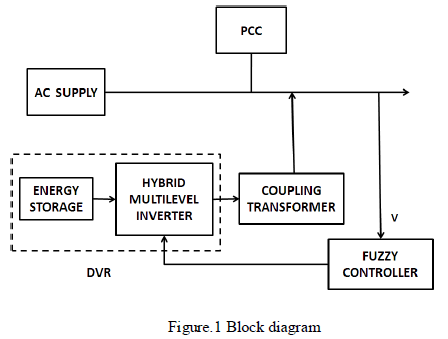 |
| A. Approach
A set of “sniffers” are deployed to collect traffic
traces from large network. Each sniffer contains only one
radio device. The radio device shifts the channels
periodically in predetermined order which is given by
centralized sniffer, using coordinated sampling
algorithm. Monitored traffic traces are merged ,analyzed
by Hidden Markov Model to predict the selfish node. Our
approach achieve following three goals, it doesn’t require
multiple radio device, it maximizes the capturing of
unique frames and reduce the overlap between sniffers.
The most important challenging is entire traffic traces are
not monitored.
We discuss related work in section 2 and the broad
approach in section 3.The details of the HMM in section
4.section 5 presents the experimental evaluations for
selfish carrier sensing detection. we will conclude in
section 6. |
II. RELATED WORK |
| A. Detecting MAC-Layer Misbehavior in 802.11
Most of the existing MAC layer misbehavior
detection techniques only attempt to detect one type of
selfish behavior: backoff manipulation in 802.11.They
use different methods , such as game theoretic
approach[12].sequential Probability[13],nonparametric
cumulative sum(CUSUM) test[14],coordination from the
receiver[15] to identify backoff manipulation or to
restrict the sender from being selfish DOMINO[2] can
detect other misbehaviors in addition to backoff
manipulation ,e.g., sending scrambled frames, “using
smaller DIFS and using oversized NAV.None of these
techniques can detect selfish carrier-sense behavior and
thus can be complementary to the approach described in
this paper. Manipulation of the carrier sense behavior is
harder to detect. This is, because normal fluctuations of
wireless channel must be distinguished from carrier
sensing. In our knowledge [2],[7] has addressed this
issue, but [7] uses active measurement,[2] uses the
monitoring mechanism for single channel only. |
| B. Use of Distributed Sniffers |
| Distributed sniffer traces will be used for multiple
reasons such as congestion [1].The DAIR system also
uses such an approach for troubleshooting [3] and
security [4].The system which is used to trace as well as
merge wireless frames from sniffers [09].The sniffers in
this system are all configured to capture packets on the
same channel, which leads to a large percentage of
frames being heard at multiple sniffers. |
III. OVERALL APPROACH |
| A. Problem Statement
Our general goal is detection of selfish node by
sniffer. But in existing approach the sniffer monitor the
single channel traces and/or to monitor multiple channel
it requires multiple radio device, it requires bulk amount
of hardware. our approach uses one radio device to
monitor the multiple channels periodically.
We wish to capture as much traffic as possible. our
approach collects only a sample of frames passing
through all the channels, We call this technique channel
sampling. channel sampling shifts the radio sequentially
through each channel in the wireless network, in a
predetermined order, and spends equal amounts of time
on each |
| Consider a multiple sniffer in large area, some areas
covered by more than one sniffer. we say that two
sniffers are neighbors if they have recently captured a
redundant frame. Neighboring sniffers will observe the
same channel to be busy and therefore choose to spend
more time on same channels. We define overlap as the
total amount of time that neighboring sniffer spend on
the same channels. This overlap results in redundant
frame capture by neighboring sniffers. Therefore ,to
better address the goal of maximizing unique frame
capture we need to reduce the amount of overlap.
In order to detect the probability of deferral among
two senders on dynamically changing channels we used
the “coordinated sampling” for network monitoring[10]to
avoid the redundancy. |
| In this paper we describe a “coordinated sampling
”strategy to capture the unique frames by reducing the
overlap time. |
| B. Capture Unique Frames |
| Our hypothesis is that scheduling the channels on
Sniffers, as shown in Fig. 2. and 3, such that the coverage
includes minimal overlap, should result in even greater
unique frame capture. |
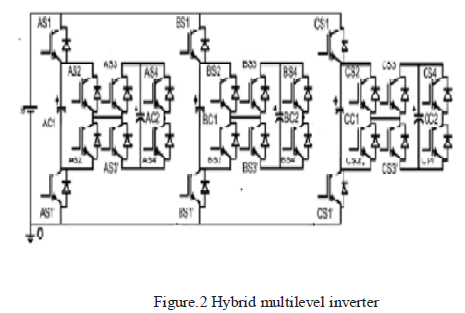 |
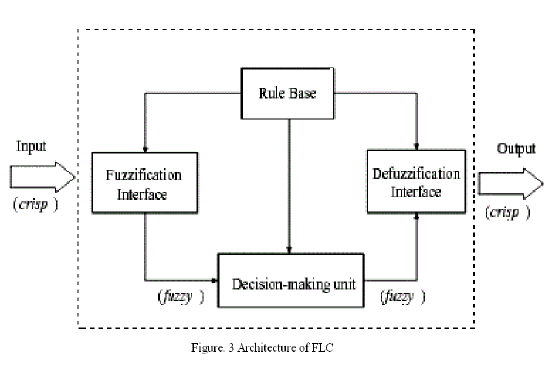 |
| Our approach has three goals
• maximize unique traffic capture through
proportional sampling,
• capture representative traffic by ensuring that all
channels are sampled and that there is coverage
over space and time, and
• minimize redundant frame capture by coordinating
neighbor’s schedules.
Our approach recognizes three constraints
• a single radio can capture traffic only on one
channel at one time,
• deploying a sniffer costs money and space, hence
limits deployment,
• no frames are captured during channel changes,
which take time.
C. The Coordination sampling Algorithm |
| The coordinated sampling schedule reduce the
overlap among neighboring sniffer. The central controller
determines a sampling schedule for all sniffers, based on
statistics of recently captured traffic.
The output of the coordinated sampling strategy is a
channel sampling schedule for each sniffer, identifying
the order and duration of visited to each channel. we use
simulated annealing approach to minimize the overlap
time. The coordinated sampling generates a series of
schedules by altering each schedule a little. If new
schedule has lower overlap we keep it otherwise we keep
it anyway with probability. Our algorithm works as
follows. |
| 1) Identify the neighbor relationships among all
sniffers.
2) Create a new schedule S for each sniffer for
assigning
the multiple channels dynamically.
3) for each sniffer i……..N |
| 4) for each neighbors j…….M
5) calculate overlap between i&j,(i.e
overlapij)
6) if(overlapij >overlap limit)
7) reschedule the channel assignment
based
on next priority channels
8) end loop
9) end loop. |
| The above coordinated algorithm will increase the
unique frame capturing by reducing the total overlap
time. |
| D. A Coordinated Sniffer |
| Based on the channel sampling schedule, on each
sniffer, channel instances are invoked for the specific
duration. The channel sampling schedule will be given
by sniffer controller dynamically.channel schedule will
be changed on consideration of neighboring sniffer
channel. Another important component is merger, Which
is used to receive the streams of frames captured by the
sniffers and to merge these into a chronologically
consistent order, duplicate frames are removed , to enable
analysis of the traffic. Fig. 4. shows coordinated sniffer
architecture. |
IV. HIDDEN MARKOV MODEL |
| The coordinated sampling approach is used to trace
the traffic among multiple channels. These traces will be
analyzed
by hidden markov model to infer the degree of
selfishness of node in WLAN[2],asymmetry property on
probability of deferral behavior among sender side nodes |
V. SAMPLING EXPERIMENTS |
| In this section, we are going monitor the traffic traces
among multiple channels by using scheduling
mechanisms. |
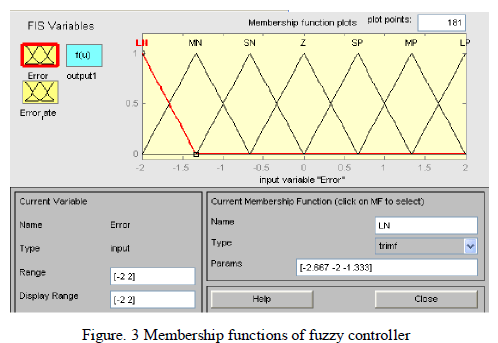 |
| A. Wireless Lan |
| The wireless LAN consists 5 to 6 access points as
well as 20 to 30 client system. There are 5 sniffers placed
among the wireless LAN. The access points will switch
to the following channels 1,6,11. Based on schedule by
centralized sniffer, sniffer1 will monitor the traffic traces
on channel 6 for specific time period. During that time
period sniffer 2 will monitor the traffic traces on channel
1. we can easily reduce the redundant frames over
multiple sniffers using coordinated scheduling algorithm. |
| B. Results |
| The number of unique frames captured by both the
Single channel and multi-channel collected and
compared in 20 second intervals in Fig. 5. |
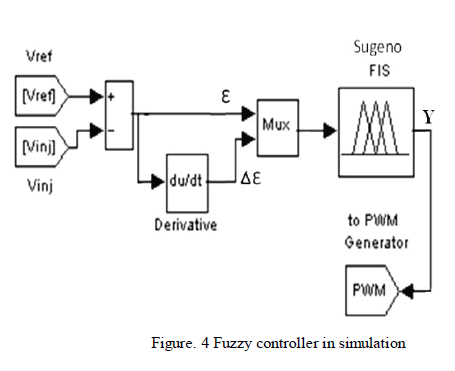 |
| In multi-channel monitoring the no of unique frames
is high compared to single channel monitoring. The no of
redundant frames are reduced when the overlap time is
minimized.co-ordinated scheduling algorithm will assign
the channels dynamically to each sniffer with
consideration neighborhood sniffer channel assignment
which is used to reduce the overlap time between
sniffers |
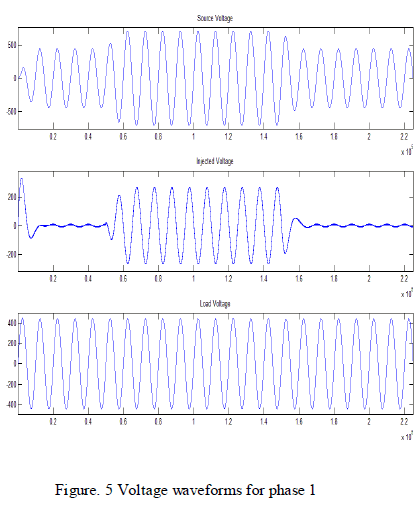 |
| The unique frames are collected with the help of
merger, collected traffic traces are analyzed by hidden
markov model to predict the misbehavior node. selfish
node identified with degree of selfishness among WLAN
or wifi network. The selfish nodes 1,5,7 are identified
over degree of selfishness among 9 nodes in Fig 6. |
VI. CONCLUSION AND FUTURE WORK |
| The misbehavior node in WiFi networks detected by
monitoring mechanism. In order to improve the efficiency of wireless monitoring, multiple channels are
monitored periodically to avoid the redundant frames.
The monitored frames are merged, and then these traces
are analyzed by machine learning approach[2].The
degree of selfishness among misbehavior node
identified. compared to existing method our approach
reduces redundancy,increases the unique traffic
traces.But complete traffic traces are not monitored only
sample of traffic traces are gathered for each channel,we
are focused to monitor the complete traffic traces with
accuracy. |
| Our future work focuses on providing flexibility to
applications so that the most relevant data can be made
available by tuning the monitoring system to better meet
the needs of the applications. Traffic trace analysis has
been exploited by attackers to threaten user privacy in
wireless networks. |
References |
- A.P. Jardosh, K.N. Ramachandran, K.C. Almeroth, andE.M.Belding- Royer, âÃâ¬ÃÅUnderstanding Congestion in IEEE802.11b Wireless Networks,âÃâ¬Ã Proc. ACM SIGCOMM, 2005.
- U.Paul ,AnandKashyap, S.R.Das, and R. Maheshwari,âÃâ¬ÃÅPassive Measurement of Interference in WiFi Networks withApplication in Misbehavior DetectionâÃâ¬Ã ,IEEE Transcations onmobile computing Vol 12,No 3.March 2013.
- P. Bahl et al., âÃâ¬ÃÅDAIR: A Framework for TroubleshootingEnterprise Wireless Networks Using Desktop Infrastructure,âÃâ¬ÃÂProc. ACM HotNets- IV, 2005.
- P. Bahl et al., âÃâ¬ÃÅEnhancing the Security of Corporate Wi-FiNetworks Using DAIR,âÃâ¬Ã Proc. ACM/USENIX Mobile Systems,Applications, and Services (MobiSys), 2006.
- R. Mahajan, M. Rodrig, D. Wetherall, and J. Zahorjan,âÃâ¬ÃÅAnalyzing the MAC-Level Behavior of Wireless Networks inthe Wild,âÃâ¬Ã Proc. ACM SIGCOMM, 2006.
- K.Pelechrinis,G.Yan,S.Eidenbenz,and S.V.Krishnamurthy,âÃâ¬ÃÅDetecting Selfish Exploitation of CarrierSensing in 802.11 Networks,âÃâ¬Ã Proc. IEEE INFOCOM, 2009.
- J. Yeo, M. Youssef, and A. Agrawala, âÃâ¬ÃÅA Framework forWireless Lan Monitoring and its Applications,âÃâ¬Ã Proc. ThirdACM Workshop Wireless Security (WiSe), 2004.
- Jihwang Yeo, Moustafa Youssef, Tristan Henderson,and AshokAgrawala. An accurate technique for measuring the wirelessside of wireless networks. In Proceedings of the InternationalWorkshop on wireless Traffic Measurements and Modeling,pages 13âÃâ¬Ãâ18, Seattle, WA, USA, June 2005.
- UdayanDeshpande,DavidKotz,ChriscDonal,âÃâ¬ÃÂCoordinatedsampling to improve the efficiency of wireless networkmonitoringâÃâ¬ÃÂ,ICON 2007.
- UdayanDeshpande,TristanHenderson,and DavidKotz.Channel sampling strategies for monitoring wirelessnetworks.InProceedings of the second workshop on wirelessnetwork measurements, Boston, MA,USA,April 2006,IEEEComputer Society Press.
- M. Cagalj, S. Ganeriwal, I. Aad, and J.-P. Hubaux, âÃâ¬ÃÅOnSelfish Behavior in CSMA/CA Networks,âÃâ¬Ã Proc. IEEEINFOCOM, 2005.
- S. Radosavac, J.S. Baras, and I. Koutsopoulos, âÃâ¬ÃÅA Frameworkfor Mac Protocol Misbehavior Detection in Wireless,âÃâ¬Ã Proc.ACM Workshop Wireless Security, 2005.
- J. Tang, Y. Cheng, Y. Hao, and C. Zhou, âÃâ¬ÃÅReal-Time Detectionof Selfish Behavior in IEEE 802.11 Wireless Networks,âÃâ¬Ã Proc.IEEE 72nd Vehicular Technology Conf. Fall (VTC-Fall), 2010.
- P. Kyasanur and N. Vaidya, âÃâ¬ÃÅDetection and Handling of MacLayer Misbehavior in Wireless Networks,âÃâ¬Ã Proc. IEEE IntâÃâ¬Ãâ¢lConf .Dependable Systems and Networks(DSN), 2003.
|